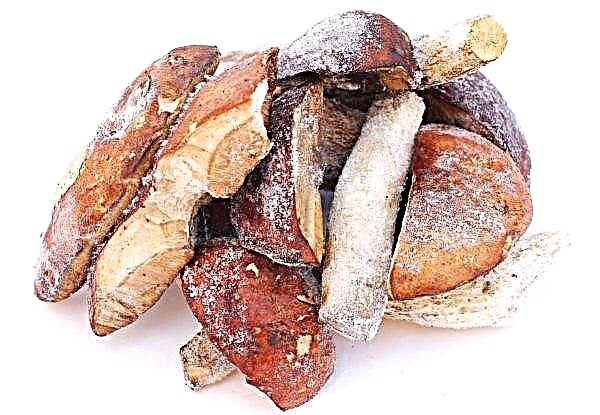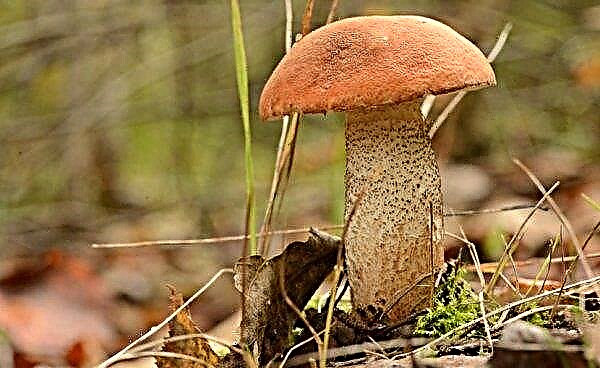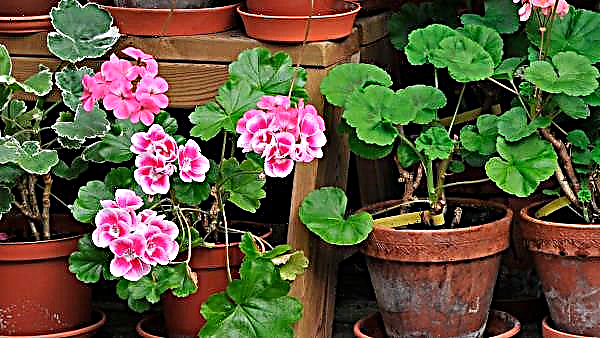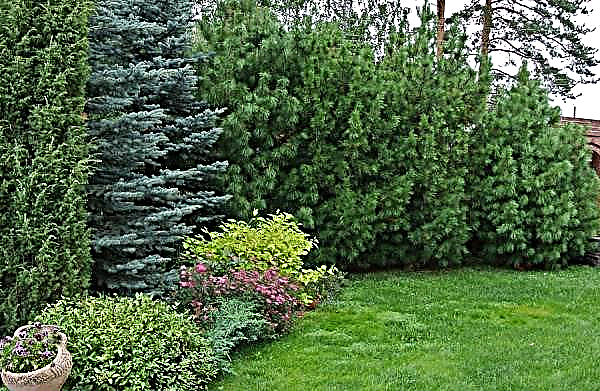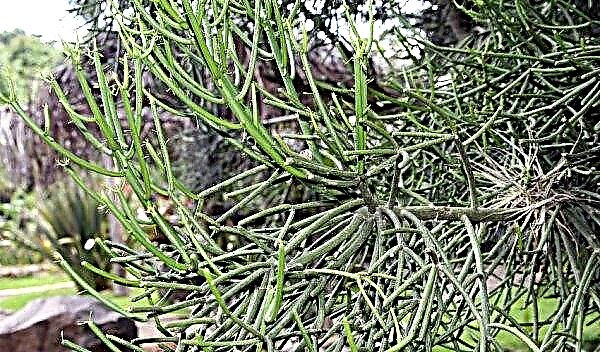Bright and colorful phloxes belong to the cyanotic family. Another advantage of the plant is that it is stored for a long time in a cut form in a bouquet.

Planting and phlox care
The basic rules of care for the good growth and development of the flower are as follows:
- Any soil is suitable, but light loamy is considered optimal. You can add lime to the ground for better growth.
- In autumn, the territory where phlox is planned to be planted should be carefully and rather deeply dug up and cleaned of weed grass roots.
- Illumination is chosen depending on the variety, but most species prefer sunny areas of the garden.
- Flowers are unpretentious in leaving. From time to time shallow loosening of soil and weeding from weed grass is performed.
- In order for the phlox to bloom profusely, supplements should be applied regularly.
- It is advisable to mulch the soil under the bush with a layer of up to 7 cm from the bark of tree species, compost or humus. This will protect against drying out, freezing and drown out the annual weed grass.
- In the case of moderate summer temperatures, watering is plentiful, but not frequent. It is preferable to carry out this procedure in the afternoon.
- Some varieties, for example panicled ones, are cut almost flush with the ground in October. After that, the area around and the base of the bush should be treated with fungicides. And after a week and a half, you need to mulch the phlox planting.
- It is most susceptible to powdery mildew, especially if the landing was carried out in a shady place.
The birthplace of this plant is North America, or rather, the territory of modern Canada and the United States, from where it came to Europe more than 250 years ago.

Breeding
Reproduction is done by dividing the bush, spring and autumn cuttings and using seeds.

For the propagation of phlox in the spring, it is necessary to choose the period from May to July. Harvesting of planting material is possible using the entire stem. To do this, it must be cut into so many parts so that 2 nodes remain on each. Billets should be immediately planted in the ground and watered abundantly. In this case, the cuttings take root well.
The soil should be prepared in advance: mix sand, humus and chernozem in equal parts. For best results, the container with planted plants should be covered with cling film. At the same time, do not forget to regularly irrigate. The root begins to form approximately 3-4 weeks after planting.

During autumn grafting, the whole process should take place in a room where the temperature is low but constant, for example, in a cellar. With this method of reproduction, in contrast to spring propagation, it is strictly forbidden to plant seedlings directly on the garden plot, since they will not withstand even minimal subzero temperatures. Therefore, you should prepare a suitable container in which the cuttings are planted, and they will wait for warming in it. In the garden, phlox planted in this way is planted in May.
Phlox bred by Russian breeders: Olenka, Uspekh, Zephyr, Dear Friend, Strawberry Souffle, Victoria, Ruddy Baby and others.

Also popular is the method of propagation by seeds. In time, this method is more expensive, but it is more effective, because its advantage is a high percentage of adaptability. Such plants are the most hardy and better adapted to climate change, as well as less whimsical to the composition of the soil.
One of the significant drawbacks of this type of breeding is the probability of losing varietal characteristics. Therefore, it is worth resorting to this method in the case when the amount of material for planting is more important than saving the distinguishing features of the variety. Seeds are stored during the period when the leaves on the bushes fade. It was at this moment that the boxes had not yet crumbled, but had already changed their color to brown.
It is better to plant planting material indoors. It is necessary to prepare tanks and soil. A mixture of sand, humus and chernozem is taken, then the seeds are planted, and then covered with a layer of soil up to 2 cm. In winter, the containers should be covered with a layer of snow, and in the beginning of spring - put in a greenhouse or greenhouse. Phlox propagated in this way is planted in the soil in mid-spring, but for starters - in the greenhouse, and after a month - in the open.
Phloxes are the most beautiful plants that will decorate your garden with lush, fragrant flowers, in return requiring minimal effort and hassle.

